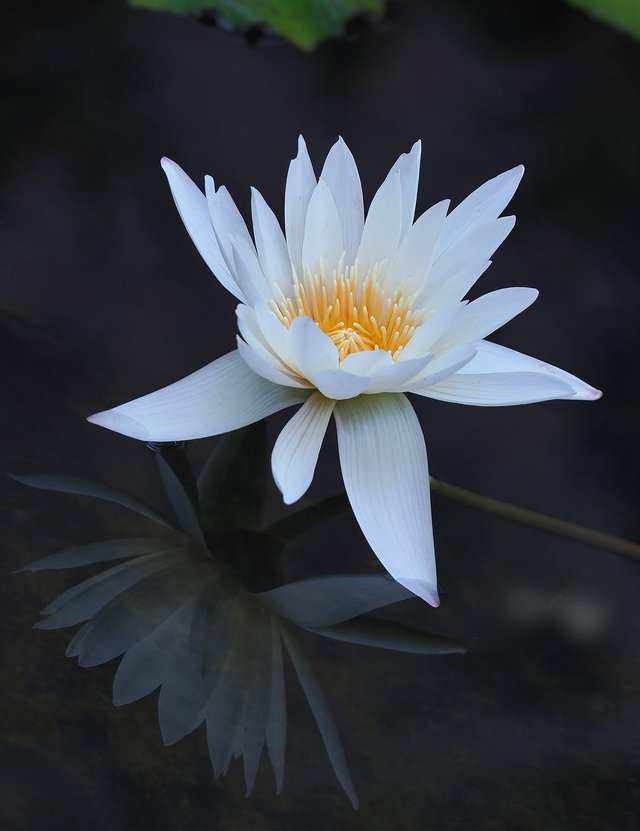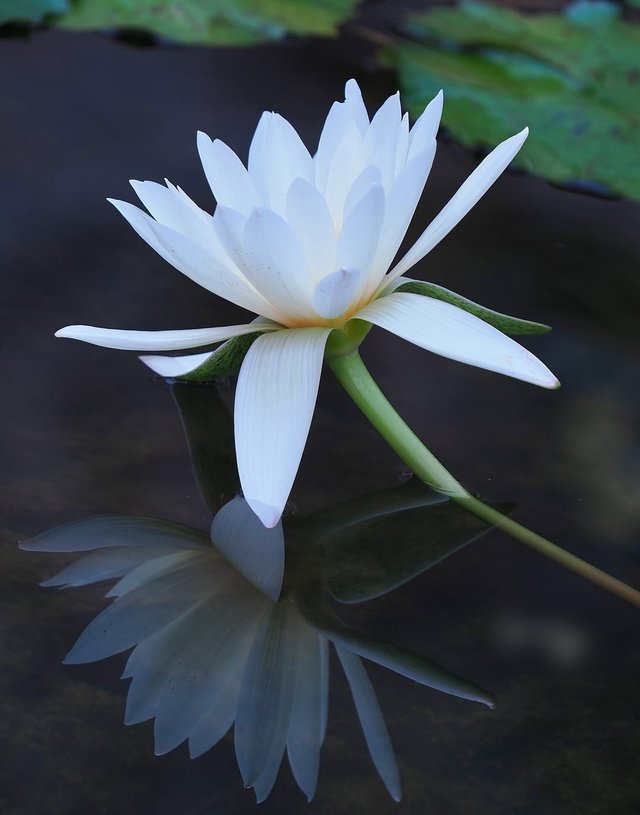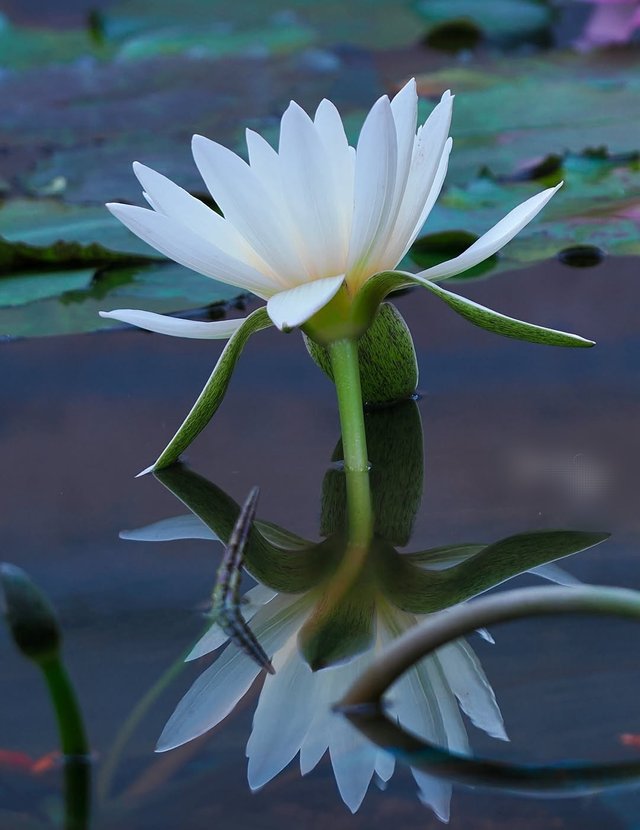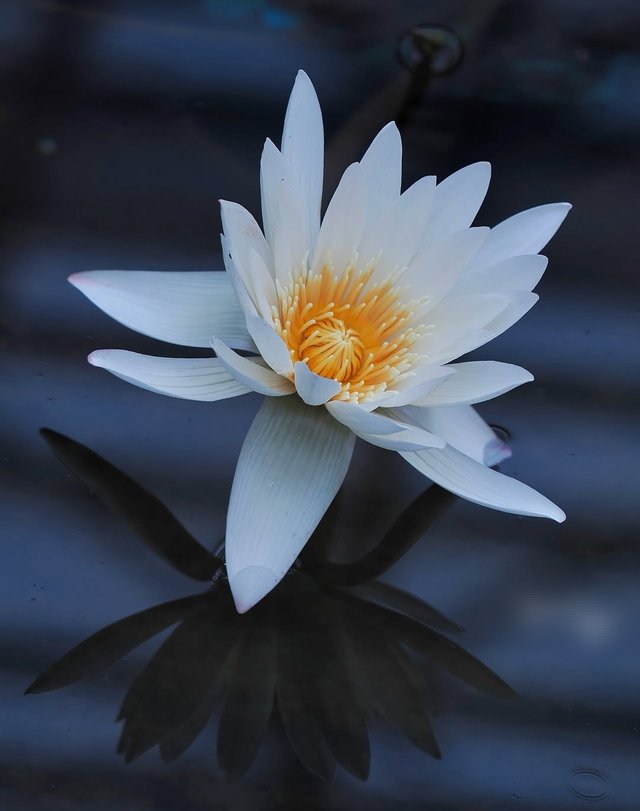So Cute White Water-Lily Flower
White Water-Lily: The Pristine Jewel of Aquatic Gardens
The White Water-Lily, scientifically known as Nymphaea alba, is one of nature's most serene and enchanting aquatic plants. Floating gracefully on the still waters of ponds and lakes, it has long captivated the human imagination with its pristine white petals and mythological significance. Found widely across Europe, North Africa, and parts of Western Asia, this aquatic perennial is not just a botanical treasure but also a symbol of purity, peace, and spiritual enlightenment.
Botanical Characteristics
The White Water-Lily belongs to the family Nymphaeaceae and is well-known for its iconic appearance. It features large, circular floating leaves, or lily pads, that can span 10 to 30 cm in diameter. These leaves are leathery, rich green on the upper surface, and often tinged purplish or reddish underneath. They are supported by long stalks that connect to the submerged rhizome anchored in the pond or lake bed.
The plant’s most striking feature is its flower. The blossoms are pure white, occasionally showing a faint pink blush, and can measure up to 20 cm in diameter. Each flower consists of multiple layers of delicate petals radiating around a bright yellow center of stamens. These blooms open in the morning, bask in the sunlight, and close in the evening, following a circadian rhythm. The flowers are hermaphroditic, and pollination is often assisted by beetles and other insects attracted to their subtle fragrance.
Habitat and Distribution
Nymphaea alba is native to a wide geographical range. It grows naturally in still or slow-moving freshwater bodies such as ponds, lakes, ditches, and canals. It thrives in nutrient-rich, muddy bottoms where the water depth is between 30 cm and 2 meters.
Although wild populations of White Water-Lily exist, it is also extensively cultivated in ornamental ponds and botanical gardens for its aesthetic appeal and ecological benefits. It prefers full sun and temperate climates, though some cold-hardy varieties can survive light frosts.
Ecological Importance
White Water-Lilies play a crucial role in aquatic ecosystems. Their broad leaves provide shade and shelter for fish, frogs, and aquatic invertebrates, helping regulate water temperature and reduce algae growth by limiting sunlight penetration. The submerged parts of the plant also offer habitat for small organisms and contribute to the oxygenation and stabilization of the water body.
Thanks For Reading
Device Information
| Device | cannon eos 700D |
|---|---|
| Lens | 55-250 zoom leans |
| Location | Bangladesh |




